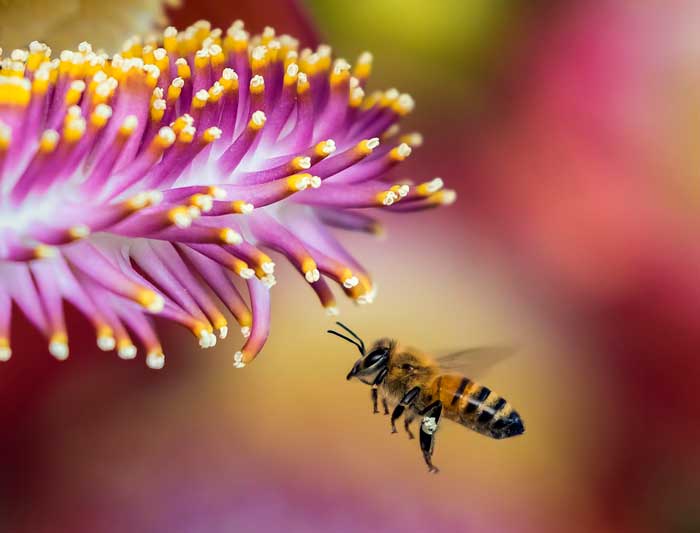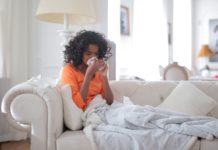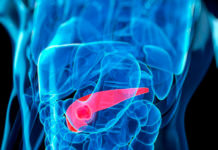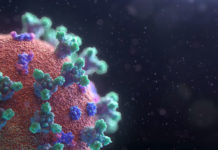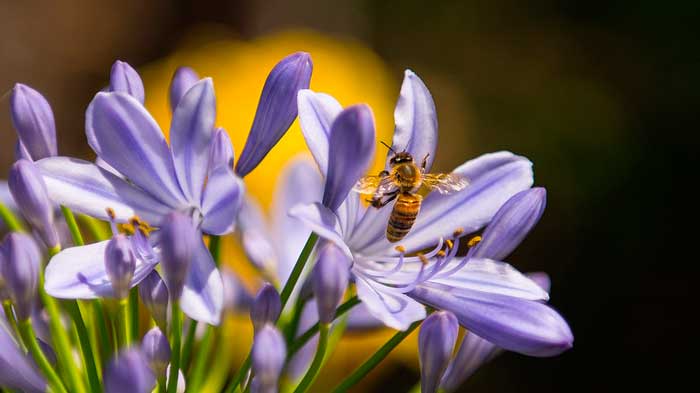 Small wasps can cause big trouble. What really helps? Do you hear the buzz? It’s the sound of wasps flying to you! There are two kinds of wasps that are drawn to meat and sausage. As for sweets and sugary drinks, it goes without saying. They are perfect for all kinds of wasps.
Small wasps can cause big trouble. What really helps? Do you hear the buzz? It’s the sound of wasps flying to you! There are two kinds of wasps that are drawn to meat and sausage. As for sweets and sugary drinks, it goes without saying. They are perfect for all kinds of wasps.
- The main rule. Wasps are not dangerous unless you attack them. Do not drive them away with sharp movements, do not try to swat them.
- Do not blow air on wasps. In this case, they feel threatened since carbon dioxide is an alarming signal for them.
The olfactory system of wasps is fine and sensitive. Wasps sense sweets from afar. Therefore, it is necessary to pay attention to the following instructions.
- Jams and sweet drinks should be hidden. Remove the rest of food. Get rid of overripe fruits in the garden.
- If you are drinking a sweet drink, take a straw. A wasp should by no means sting you in the mouth.
- After any meal, children should wash their hands and face thoroughly.
- Do not forget that wasps are unpretentious. They willingly consume a variety of inedible stuff and quickly find the source of perfume or garden furniture polish.
- Experts believe that the existing means for intimidating wasps are of little effect. The widespread opinion that the smell of roasted coffee frightens off wasps has nothing to do with reality.
- Wasp traps with sweet juice or beer are not recommended either. Some wasps perish in these traps. While perishing, wasps produce pheromones, which attract their relative insects. So you will have more wasps very soon.
Sometimes the so-called distracting feeding is recommended. What does it mean?
Ripe fruits are laid out on a tablecloth at a certain distance. Experiments show that it can be an overripe bunch of grapes, which lies at a distance of 5 to 10 m from you. But this attracts the attention not only of wasps, but also of other insects that will not please you at all.
You can spray insects with water. Wasps consider water to be rain and fly to their nest. It is important not to add anything in water not to harm wasps. No matter how unpleasant they are for us, they are still very important for the ecosystem.
In some countries, in Germany in particular, wasps are protected by law. For example, you can destroy a wasps’ nest on your balcony only if the wasps are dead. Otherwise, you are obliged to seek professional help.
Most of wasp and bee stings are recorded mainly from July to August. The poison of these insects has a different effect on each individual, but if a wasp or a bee stings you, it always hurts. It’s difficult to forget this sting. When people are stung by a bee or a wasp, they experience severe pain, which can be compared to the pain of a burn. But this is not the main thing. The consequences of stings may be different: from painful swelling of the stung body area to severe allergic reactions.
What should you do if you were stung by a wasp or a bee?
The pain from an insect sting can hardly remain unnoticed, which means you know where you were stung and can take action and deliver first aid. Please note that these tips will be useful if you suffer one sting. In case of multiple bee or wasp stings, contact the hospital immediately!
To determine what insect stung you, examine the wound. A stinger is left only by bees, so if you were stung by a wasp, do not try to detect a stinger there.
Perhaps you need the following things:
- tweezers, needles or other tools to pull the sting out;
- alcohol, iodine, hydrogen peroxide or soap to disinfect the place where a bee or a wasp stung you;
- antihistamines (read the dosing and contraindications).
- So, if you are stung by a bee or a wasp, you need:
- to rinse the area thoroughly to wash away the dirt and remnants of poison;
- gently pull the stinger out so that the poison does not continue to spread;
- Before the procedure, the hands should be washed, and the tools must be disinfected;
- disinfect the wound;
- apply a cold compress;
- take any antihistamine, even if you have not had any allergic reactions before.
If you were stung by a wasp or a bee, you experience stress, so you need to lie down for a while. Drink as much as possible liquid until the edema caused by the sting disappears. Those stung by a wasp are recommended hot sweet tea or sweetened water. Remember that the pain, reddening and swelling caused by a wasp sting will disappear in a few hours. If you are stung in the face, swelling can last for about two days.
If a wasp or a bee has stung you – folk remedies

It is not recommended to use alcohol after a wasp sting because this will lead to increased edema. However, if you are stung by a bee or a wasp and there are no medicines and disinfectants at hand, other folk remedies may be very useful:
- The sting site can be treated with parsley – mash a parsley leaf and apply juice to the sting site;
- treat the wasp sting with fresh urine of a healthy person – it is sterile, so urine is a popular way of treatment of bites, scratches, burns, etc.;
- keep in mind that bee and wasp venoms differ. Wasp venom is neutralized by lemon juice, and bee venom is treated by plain liquid soap;
- sour products will help you get rid of pain, so apply sour berries, sorrel, lemon, or a vinegar compress to the wound;
- this pain is also reduced by dandelion juice;
- if a bee or a wasp has stung you, a lotion mixture of tea, ice, aloe juice, onion, parsley, and plantain will be of great help;
- swelling can be removed by a piece of sugar, a bottle of cold water, an ice cube, a shawl moistened with cold water, or a tincture of calendula applied to the wound.
A child was stung by a wasp – what should you do
What if a bee or a wasp has stung your child? If possible, contact the hospital immediately! After all, the child’s organism is much more susceptible to wasp and bee stings than that of an adult. If there is no possibility to immediately go to the hospital, take action on the spot. Remove the stinger, if any, disinfect the wound, and apply a cold compress to stop the poison from spreading and to relieve the pain. A salt compress prevents venom absorption: if a wasp stung the child, apply cotton wool soaked in a saline solution to the wound (dilute a teaspoon of salt in a glass of water). It will remove the poison and the inflammatory exudate that have accumulated at the sting site.
If a bee or a wasp has stung your child, and there are signs of an allergic reaction, such as severe swelling, difficulty with breathing, the appearance of blisters and rash, let the child take antihistamines in children’s dosing (read the medical instructions) and treat the sting site with an anti-allergic cream, such as Fenistil. Call your doctor or go to the hospital immediately. Keep in mind that an allergic reaction in the child stung by a wasp is more likely to develop, if the kid is inclined to diathesis, bronchial asthma and other allergic diseases.
If a wasp or a bee sting you, when should you go to the hospital?
Do not try your luck, if several bees or wasps have stung you. It is believed that if the number of stings is bigger than three, the general toxic reaction can begin. Keep in mind that if you were stung by a wasp or a bee in the lip, tongue, or throat – seek medical help immediately. In this case, the edema that appears after a wasp or bee sting, will spread to the entire larynx and can lead to suffocation.
So, you should go to the hospital immediately if:
- a wasp or a bee sting you in the face,
- a wasp or a bee sting your lip, tongue or throat,
- more than three wasps or bees have stung you.
If a person is prone to allergic reactions, always take antihistamines with you when going to the countryside. In people with allergies, wasp or bee stings can cause dizziness, vomiting, diarrhea, or even anaphylactic shock reactions (blood pressure decreases sharply, laryngeal stenosis develops, and the voice becomes hoarse), nausea, seizures, and loss of consciousness. First aid measures after a wasp or a bee sting include applying a tourniquet above the sting site. To prevent a drop in arterial pressure caused by hives, 25 drops of cordiamine can be given to the patient.


